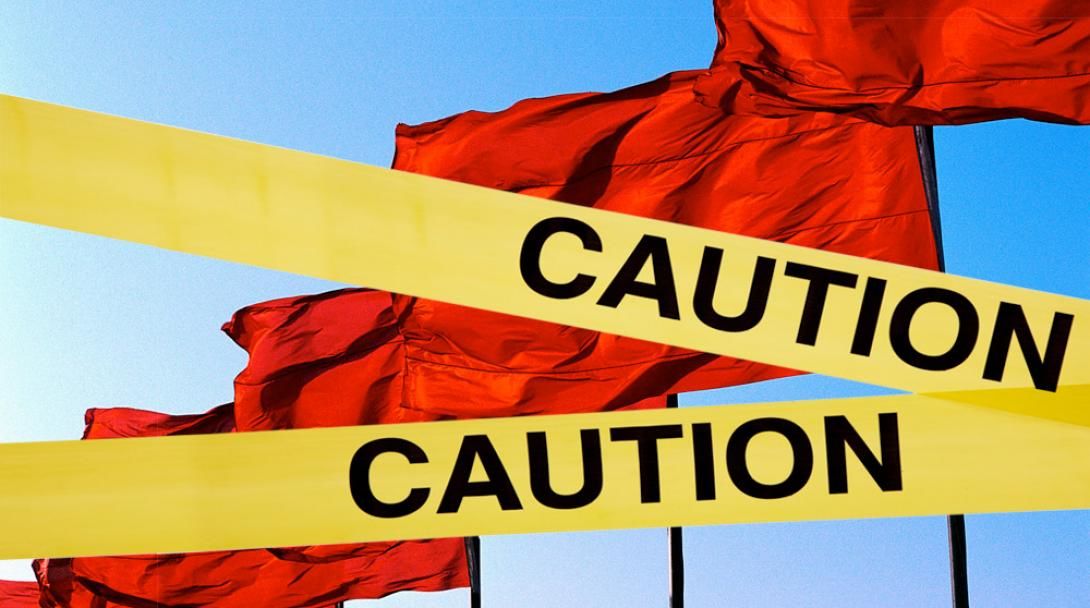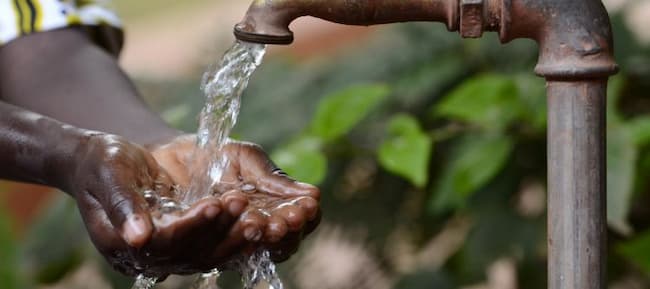The United Nations Children’s Fund, UNICEF, says about 26.5 million Nigerian Children do not have adequate water to meet their daily needs.
The Fund, in a statement to commemorate the 2021 World Water Day, stated inadequate access to water has subjected Nigerian Children to high or extremely high-water vulnerability and malnutrition.
The UNICEF Representative in Nigeria, Mr Peter Hawkins, said sustainable and equitable access to safe drinking water remained a challenge in Nigeria, with over 86 per cent of Nigerians lacking access to a safely managed drinking water source.
“The problem is compounded by poor drinking water quality and lack of equity in access. Although about 70 per cent of Nigerians are reported to have access to a basic water services, more than half of these water sources are contaminated,” he added.
“And although 73 per cent of the country’s population have access to a water source, only nine litres of water on average is available to a Nigerian daily.”
READ ALSO: Buhari Reaffirms Nigeria’s Commitment To Achieve SDGs By 2030
He expressed fear that Nigeria risks missing the Sustainable Development Goals target for access to water unless there is a strong commitment and appropriate action taken by all stakeholders
“We have to act now both to address the water crisis in Nigeria to prevent it from getting worse and if we want to meet the SDGs,” Hawkins added.
“We can only achieve water security for every Nigerian, including the Nigerian child through innovation, investment and collaboration, and by ensuring services are sustainable and well-managed. We must act for the sake of our children and our planet.”
According to a new analysis released by UNICEF, one in five children worldwide lack water to meet their everyday needs.
It added that more than 1.42 billion people, including 450 million children, are living in areas of high or extremely high-water vulnerability.
The analysis, is part of the Water Security For All Initiative, identifies areas where physical water scarcity risks overlap with poor water service levels.
Hawkins stated that communities living in these areas depend on surface water, unimproved sources of water, or water that can take more than 30 minutes to collect.
“The world’s water crisis is not coming – it is here, and children are its biggest victims. When wells dry up, children are the ones missing school to fetch water. When droughts diminish food supplies, children suffer from malnutrition and stunting,” he added.
READ ALSO: New Report Reveals Barriers To Eradicating Protein Deficiency In Nigeria
“When floods hit, children fall ill from waterborne illnesses. And when water is not available in Nigerian communities, children cannot wash their hands to fight off diseases,” he said.
The UNICEF report showed that children in more than 80 countries live in areas with high or extremely high water vulnerability, with Eastern and Southern Africa having the highest proportion.
This followed by the West and Central Africa (31 per cent) region, South Asia (25 per cent), and the Middle East (23 per cent).
Hawkins noted that in 2020, the Nigerian Government and UNICEF released a WASH NORM survey, which showed some progress, through the Federal Ministry of Water Resources and its partners to strengthen the sector’s planning and monitoring.
He noted that much more work needed to be done in the country to ensure that all Nigerians have access to adequate and quality water and hygiene services.
















